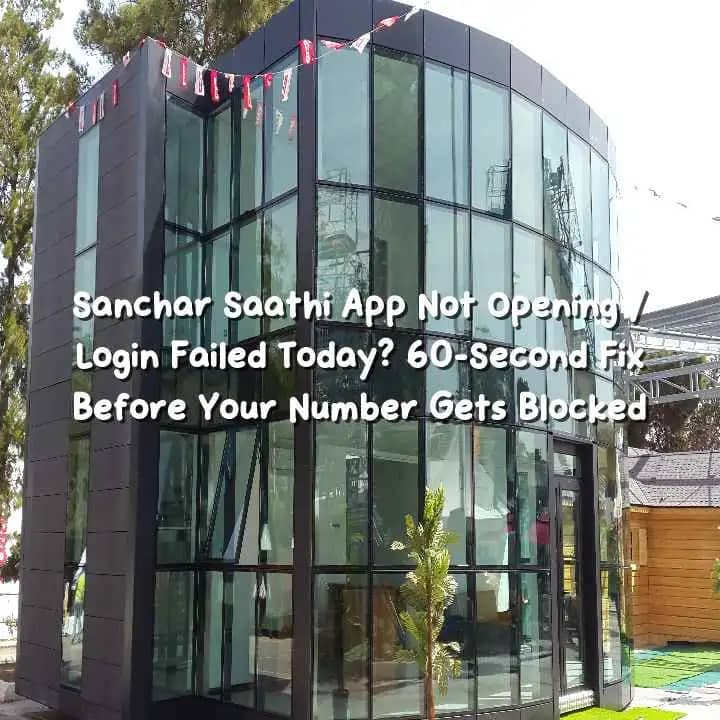
Android’s 16 KB Page Size Update: Is Your App Ready for Google’s Big Change?
Everything developers need to know about the new 16 KB memory page requirement on Google Play
Introduction: Why This Matters for Developers in the US
Imagine pushing an update for your Android app only to find out that it doesn’t install correctly on new flagship devices. You’re losing downloads, users are frustrated, and your Play Console starts showing red warnings. That’s exactly what could happen if your app isn’t ready for Google Play’s new 16 KB page size requirement.
Google recently announced (official details here) that devices will increasingly adopt 16 KB memory pages, a big jump from the long-standing 4 KB page size. For US developers working in the highly competitive app market, this isn’t just a technical tweak it’s a shift you can’t afford to ignore.
This article will break down the change, explain why it matters, and show you exactly how to prepare your Apps so you stay compliant and competitive.
Why Google Play Is Moving to 16 KB Page Size
The short answer: performance and efficiency.
Most Android devices have historically used 4 KB page sizes for memory management. But as Smartphones get faster and workloads get heavier (AI tools, gaming, AR apps), smaller pages limit performance. Larger 16 KB pages allow apps to handle memory more efficiently, reducing overhead and improving speed.
For developers, this means:
-
- Better app performance with reduced memory fragmentation.
- Longer battery life as memory management becomes less resource-intensive.
- Future-proofing apps for upcoming Android devices.
In other words, Google isn’t just setting a rule for compliance it’s laying the foundation for smoother user experiences.
The Developer Challenge: Compatibility & Performance
Here’s the tricky part: many apps and libraries are still compiled with the old 4 KB alignment in mind.
If you don’t recompile your native libraries or dependencies:
-
- Your app may fail to install on 16 KB devices.
- You could see warnings in the Play Console, reducing visibility.
- In worst cases, crashes or poor performance might drive users away.
You’ve probably experienced situations where an Android update broke an older app you loved. That’s exactly what developers must prevent here your users won’t care why your app doesn’t run; they’ll just uninstall and move on.
Step-by-Step: Preparing Your App for the New Standard
Here’s a 5-step how-to guide to make sure your app is ready for the 16 KB shift:
-
- Update Your Build Environment
- Use the latest NDK and Gradle plugin. These include support for 16 KB pages.
- Recompile Native Libraries
- Any .so files in your project must be rebuilt with proper 16 KB alignment.
- Third-party SDKs? Make sure vendors provide updated builds.
- Test on 16 KB Devices or Emulators
- Google provides documentation and emulators for testing.
- Don’t assume it works test thoroughly.
- Check Play Console Warnings
- If you see “Recompile your app with 16 KB native library alignment” warnings, take them seriously.
- Google will enforce compliance before long.
- Roll Out Incrementally
- Release updates in stages. Monitor crash logs and feedback from early adopters before a full rollout.
The Benefits: Faster Apps, Happier Users, Safer Future
Once you adapt, the benefits are clear:
-
- Performance gains → smoother experiences, fewer slowdowns.
- Compatibility assurance → your app installs cleanly on future Android phones.
- User trust → fewer crashes, better reviews, more downloads.
- Long-term stability → no scrambling when enforcement deadlines arrive.
For US developers where app store competition is brutal, these advantages translate directly into higher retention and revenue.
How-To Guide (5 Steps Recap)
Quick Checklist for Developers:
-
- Install the latest Android NDK & build tools.
- Recompile all native libraries with 16 KB alignment.
- Replace outdated third-party SDKs with updated versions.
- Test on 16 KB devices/emulators.
- Monitor Play Console and user feedback during rollout.
FAQ
Q1. What happens if I don’t update my app for 16 KB support?
Your app may fail to install on new Android devices, receive Play Console warnings, or be penalized in search rankings.
Q2. Do all Android devices now use 16 KB pages?
Not yet. But more devices launching in 2025 and beyond will adopt it as the standard.
Q3. Will Java/Kotlin apps without native code be affected?
Mostly no. The biggest impact is on apps with native C/C++ libraries.
Q4. How can I test compatibility without owning a 16 KB device?
Google provides emulators and documentation for testing.
Q5. Is this change optional or mandatory?
Right now, it’s strongly recommended. But Google Play will gradually enforce compliance, so prepare early.
Conclusion: Act Now, Stay Ahead
The 16 KB page size requirement may sound like a niche technical detail, but it’s a major shift in how Android apps interact with modern hardware. US developers who act now will enjoy smoother rollouts, better user reviews, and a competitive edge in the Play Store.
Don’t wait until you see a red warning in Play Console start testing and updating today.
👉 Want more insights on smart tools and Android updates? Check out related reads on The Story Circuit and fixing Play Console 16 KB warnings.




